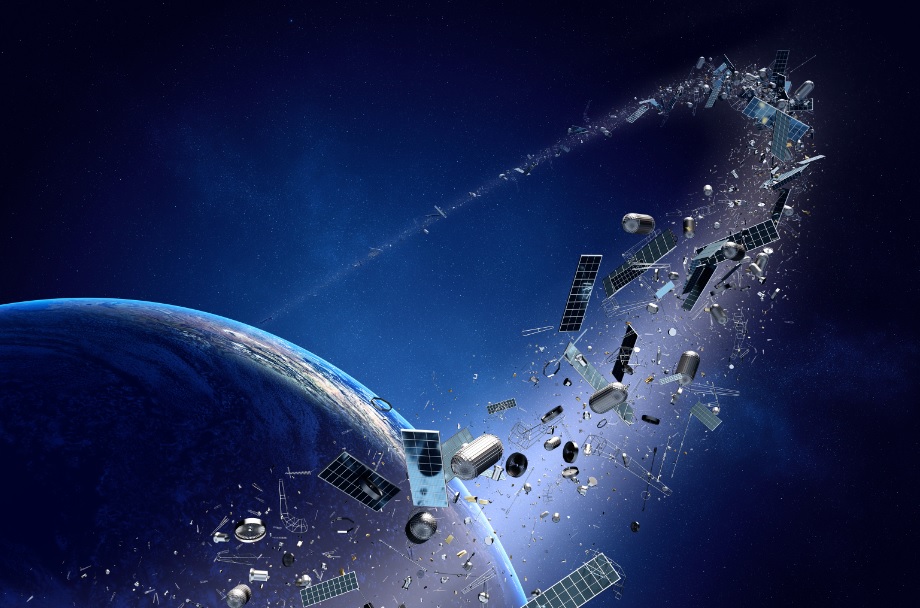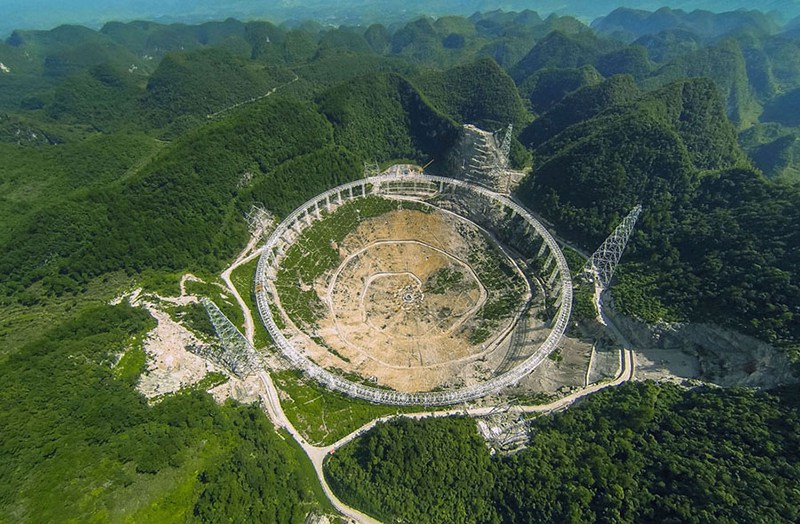Satellites, gravity and circular motion
Since entering space age, human beings has launched more than 4000 spacecrafts into the space. At present, there are about one thousand artificial objects in geostationary orbit, 5% of which is working, while the left 95% of which will become space debris without working. Until now, there are nearly 300 thousand tons space debris, which are made up of booster components, carrier rockets, abandoned satellites and other objects etc.The space debris consists of small components like artificial debris, paints, dust etc., and even big components like rocket engine.
The space debris usually runs at the speed of 7-8 Km/s in the low earth orbit of height 300-450Km, while they will run at the high speed of 3Km/s in the geostationary orbit of height 36000Km, which even can reach above 10Km/s according to the relative speed during orbital inclination collision. Therefore, they are of great destruction.
If the space debris collides with working artificial satellite, manned spacecraft or International space station, they will endanger the equipment even the astronaut’s life. It’s calculated that a space debris with 10cm diameter can destroy the spacecraft, and a space debris with several mm diameter could stop the spacecraft from normal working. Therefore, supervising and clearing space debris has become an international focus.
China is now establishing the Five hundred meters Aperture Spherical Telescope(FAST), which is the the biggest antenna in the world. On Aug 2nd of 2015, the first reflector unit has been assembled successfully. This antenna is estimated to be installed completely and put into use in September of the year 2016, which will be able to capture the radio signal far away from the ten billion light year.
As known from Kevin Zhang, Antesky‘s engineer, FAST will not only observe various faint radiation sources accurately but also do deep space exploration and high-definition microwave scanning once this project established. To supervise the distribution and dimension structure of space debris with FAST, we will get super high-precision data. There is no doubt that the FAST will provide very accurate data for human beings to supervise and clear the space debris in future.









